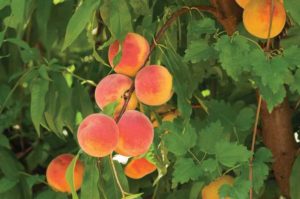Permaculture goal is to work with nature, not against it
01 Jan 2017
Permaculture practitioners encourage you to take as little or as much as you’d like from their ethos
By Lisa Truesdale In the 1931 cartoon “Professor Butts and the Self-Operating Napkin,” a soup spoon raised to a man’s mouth initiates a series of actions: a jerked ladle, spilled soup and other incidents that eventually result in the soup being wiped off the man’s chin by a napkin attached to a pendulum. The name of the cartoon’s artist, Rube Goldberg, soon became an accepted adjective to describe anything that attempts to accomplish a simple goal through complicated means.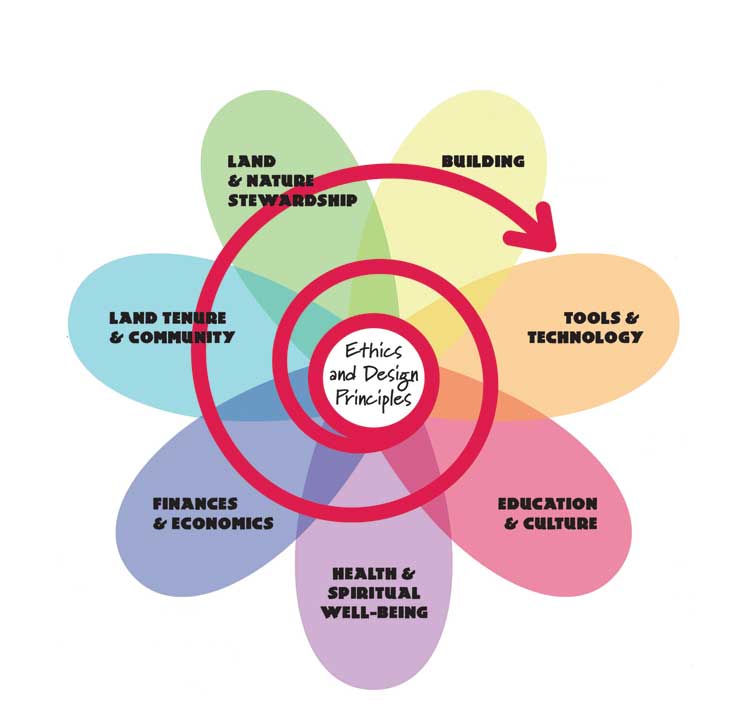
Anyone can practice permaculture. “Permies” include young and old folks, from apartment dwellers and homeowners to those who build community permaculture sites. But it’s not quite as simple as just planting a garden, tending a beehive or harvesting rainwater.Each city in Boulder County has its own regulations and permits for raising chickens, so check with local authorities before building a coop. If you’re in an unincorporated area, learn more at www.bouldercounty.org.

Positivistic View
Marco Lam is a Boulder resident who has practiced permaculture for more than 20 years and taught it for 16. He used to be an environmental activist, but says it was exhausting to constantly fight unwinnable battles. “Permaculture is a set of ethics and principles,” Lam explains. “It’s a more positivistic view that we can collectively make the world a better place. It puts the responsibility back in your own hands—your responsibility to the land where you live and the food that you eat. But it’s not just about gardening; it’s about designing a lifestyle that works for you.” Lam’s south-Boulder yard includes a number of permaculture elements: front- and backyard gardens; a variety of fruit trees; bees that provide honey and plant pollination; gutters and rain barrels that capture water for all the plants; a large compost pile; cold frames for extending the growing season; and a greenhouse attached to the side of the home that also provides warmth in the winter. All of the systems have different functions that were carefully planned to work seamlessly together, like his coop full of chickens that produce fresh eggs and manure, and serve as bug and weed control. “They’re like giant recycling machines,” he says. “And they’re very entertaining!”Here are Lam’s four simple suggestions
(based on the 12 permaculture design principles of David Holmgren) to help beginners get started.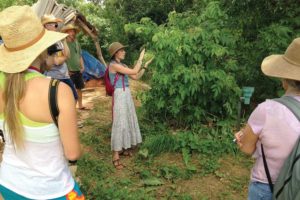
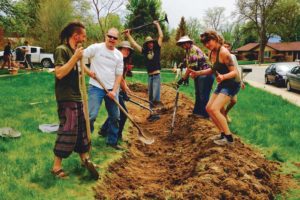
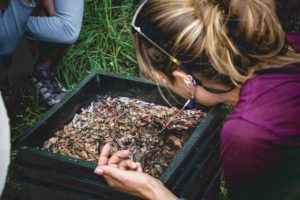
Permaculture Primer
Adding Solar Panels
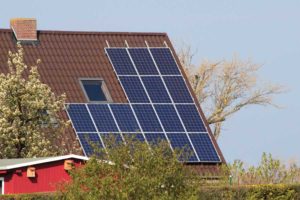
Capturing Rainwater
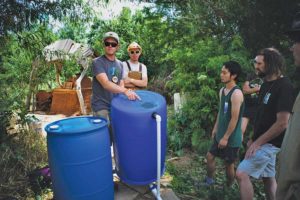
Raise Your Own Bees
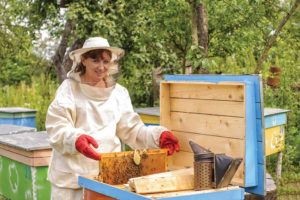
Make An Edible Landscape
